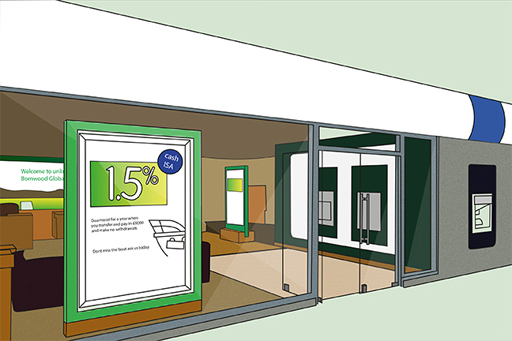5.2.3 Savings accounts on offer

In the mid-2000s, there were major developments in ‘e-banking’ or online banking. Online savings (or ‘e-savings’) accounts can usually only be accessed online. With many accounts, the saver transfers money when needed from their online savings account into their current account electronically, which they can then access as they usually would. Some online accounts have a cash card, so money can be withdrawn via cash machines.
Interest rates are often (but not always) higher for ‘e-savings’ accounts because savers themselves manage the account. This reduces the costs to the bank or building society in terms of issuing a passbook or requiring branch availability to make transactions, however some institutions, although not all, require a current account to be held with them as well as the online savings account.
Every high street has multiple offers of different types of savings account from banks and building societies. Take a look at some of these in the table below, and then join in the discussion, focusing especially on these two points:
- What do you think are the key factors that explain why some accounts offer higher rates than others?
- Why would anyone want to take out an ‘Instant Access’ account?
| Name of account | Interest tier | AER (gross p.a.) % |
|---|---|---|
Internet Savings An instant access online savings account | £1+ | 1.25% |
Instant Access An instant access telephone savings account | £1000+ | 1.35%* |
Notice Account A 120-day notice account | £500+ | 1.60% |
5-Year Fixed Rate Bond (interest paid annually) | £1000+ | 2.91% |
Instant Access Cash ISA A tax-free instant access account with cash card | £1+ | 1.41% |
